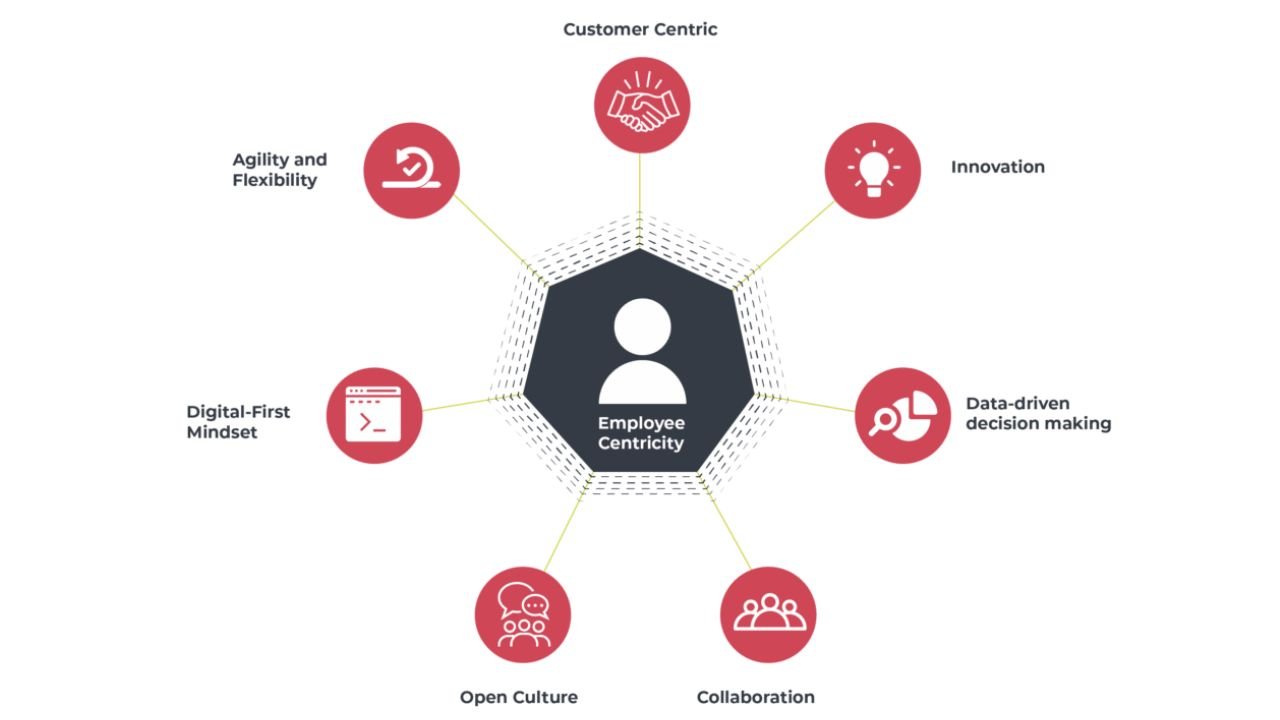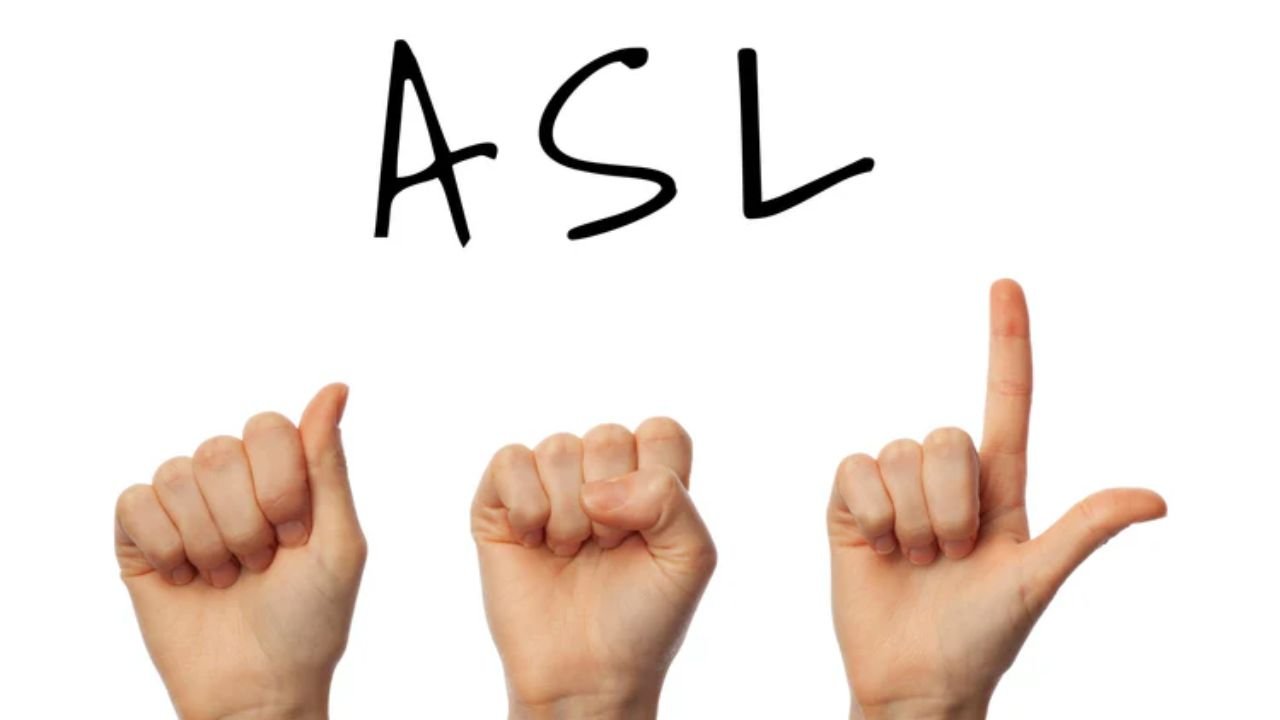Community learning, thinking critically and helping each other is now encouraged by the use of a culture circle. Based on the pioneering thinking of Paulo Freire, culture use dialogue and cultural thinking to inspire change.
This article looks deeply at what the culture circle is and covers its history, how it functions, what it has been used for, the advantages and disadvantages it offers and its role today. Regardless if you teach, work in the community, study or are interested in participation, learning about the culture can help you find better ways to grow and engage.
What Makes up a Culture Circle? How Stem Cell Research Started
A culture circle is an interactive way of teaching that encourages both reflection and the creation of knowledge by a group of people. Experiences are discussed, cultural issues are shared and difficulties in the community are examined in this type of dialogue.
The idea was introduced by Paulo Freire in the 1960s while he was working on his literacy projects for poverty-stricken people in Brazil. Freire believed that education should involve people in conversation, rather than using old methods where educators do most of the teaching. Instead, thanks to the culture, each student was able to take responsibility for their learning and connect literacy with both their personal culture and the community around them.
The Methodology of Culture Circles: How They Work
Usually, a culture circle is made by a facilitator and participants gathered in a circle, which helps everyone be equal and open. This approach is based on dialogue and critical pedagogy and stresses the following ideas:
1. The Main Roles of Dialogue
Unlike traditional classrooms, the main method in culture is dialogue, where participants discuss respectfully and everyone participates. It allows both parties to learn together and think about issues deeply.
2. Problem-Posing Education
Together, participants choose and analyze issues or “generative themes,” related to their community and background. This method differs from the “banking model,” in which learners are treated as empty vessels and information is only pushed into them.
3. Cultural Relevance
Talking about issues related to each person’s personal history, family customs and community roots makes the learning truly significant and connected to their lives.
4. Reflexivity and Critical Consciousness
Through the culture, people aim to sense social, political and economic contradictions and stand up to anything oppressive.
Key Components of a Culture Circle
- Facilitator: Guides the dialogue, encouraging equal participation and critical reflection.
- Participants: Engage actively by sharing experiences, asking questions, and exploring ideas.
- Text or Theme: A cultural artifact (story, poem, news article, image) that serves as a starting point for discussion.
- Dialogue: The collaborative process that generates collective meaning and insight.
Why Should Schools Include Culture Circles? What Makes This Approach Useful
- Supports Those Who Want To Fight For Their Rights
When students join in learning, culture encourage independence. Those taking part master understanding their challenges as well as developing ways and strategies to overcome them.
- Supports the creation of a connected community.
When culture circles are present, bonds between people unite and solidarity spreads. When people learn together, they begin to respect one another and feel connected.
- Helps to improve critical thinking.
Taking part in reflective dialogue motivates people to doubt common views and perceive the workings of society from various points of view.
- Fosters Education for the Whole Life
Through culture circles, individuals gain dialogue skills, learn critical thinking and show empathy which supports both personal and public development.
What Areas and Situations Invite Use of Culture Circles?
1. Programs for Adult Education
At first, culture circles were developed for use in literacy education and over time they became important in adult education, especially among those who lacked literacy and wanted to increase their social awareness.
2. Development in social and community areas
To solve health, equality, environmental and political challenges in their region, community groups often use culture.
3. Training people within the organization and at their workplace
To build collaboration among leaders, raise understanding of diversity and build successful teams, organizations follow culture principles.
4. Educational Settings
In their classrooms, teachers include culture as ways for students to participate, celebrate their cultures and use critical approaches.
Challenges and Limitations of Culture Circles
Even though culture circles play an important role, they also have difficulties.
- Facilitator Skill: Effective facilitation requires training and sensitivity to group dynamics.
- Power Imbalances: Social hierarchies can sometimes limit open dialogue.
- Cultural Differences: Diverse backgrounds may lead to misunderstandings without adequate intercultural competence.
- Institutional Resistance: Traditional education systems may resist participatory models.
Ways to Ensure a Positive Culture Circle
Find an idea that fits with what the group members recognize in their daily lives.
- Trust and respect are important: Promote them between everyone participating.
- Enjoy Conversations: Cooperate by talking and listening well, also motivating others to think about what is discussed.
- Use Cultural Texts: Introduce poems, stories, images, or news that provoke critical thinking.
- Encourage Action: Support participants in planning concrete steps for social change.
Real-World Examples of Culture Circles in Action
- In Brazil, literacy programs using culture circles helped thousands of adults learn to read while critically engaging with their social realities.
- Indigenous communities worldwide use culture circles to preserve language and cultural practices.
- NGOs employ culture circles in health education to promote awareness about HIV/AIDS prevention.
The Role of Technology in Modern Culture Circles
Digital platforms and social media now complement traditional culture circles, enabling virtual dialogue and broadening participation beyond geographic limits. This evolution expands the reach and impact of culture-based critical education.
Conclusion: Embracing the Power of Culture Circles for a Just and Informed Society
The culture circle is more than a pedagogical tool—it is a movement toward democratizing knowledge, empowering marginalized voices, and fostering a culture of critical reflection and action. By embracing the culture circle model, educators, activists, and communities can co-create spaces of learning that challenge oppression and inspire transformation.
You Might Also Like :- Internet Chicks



